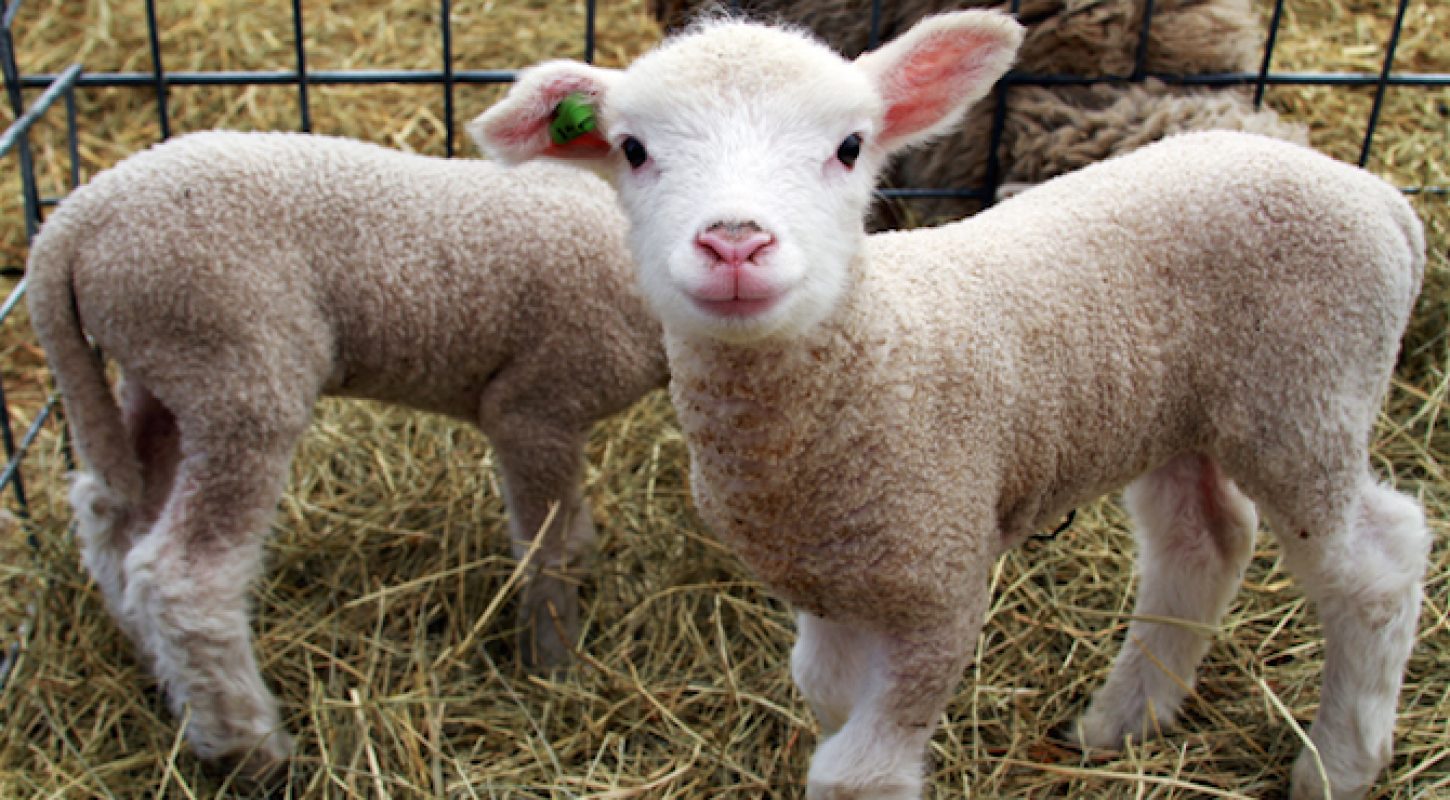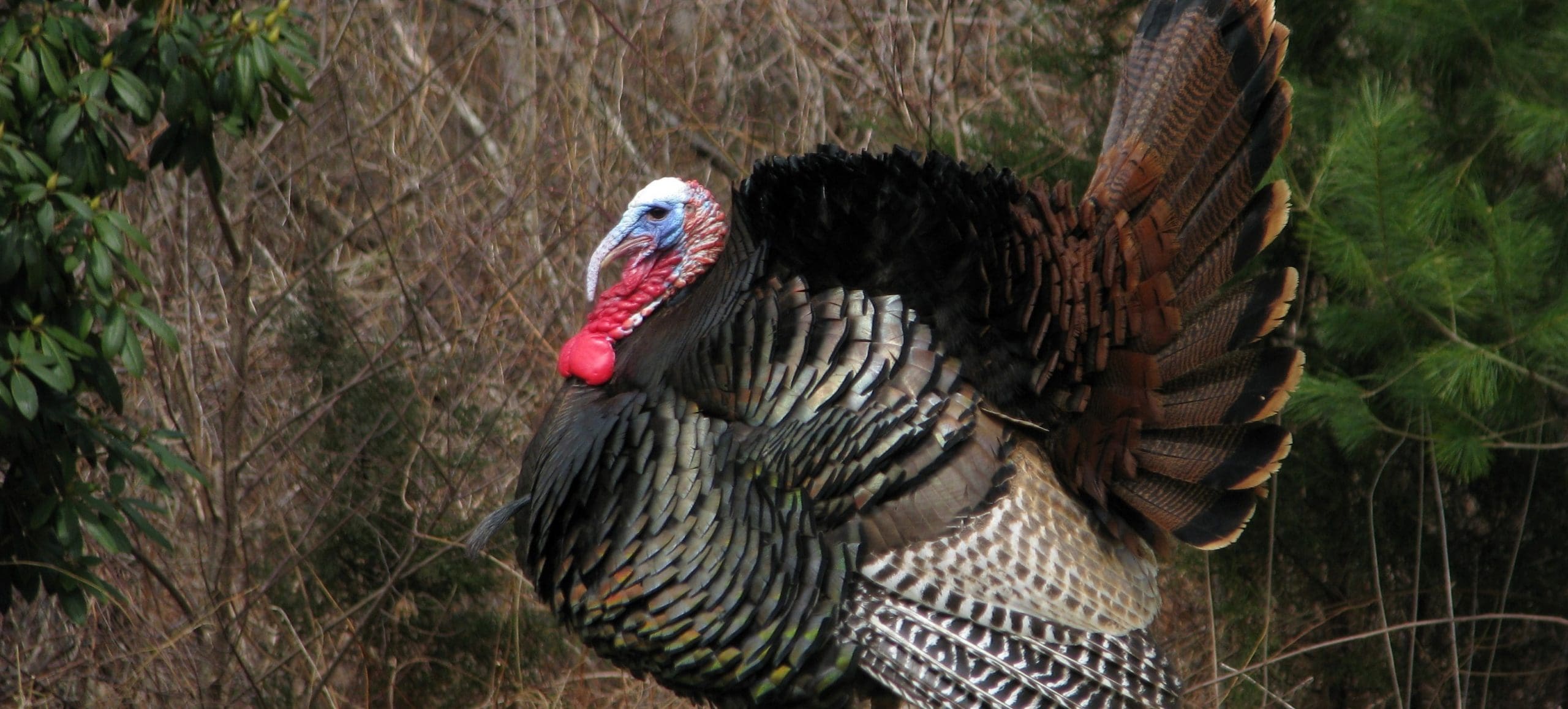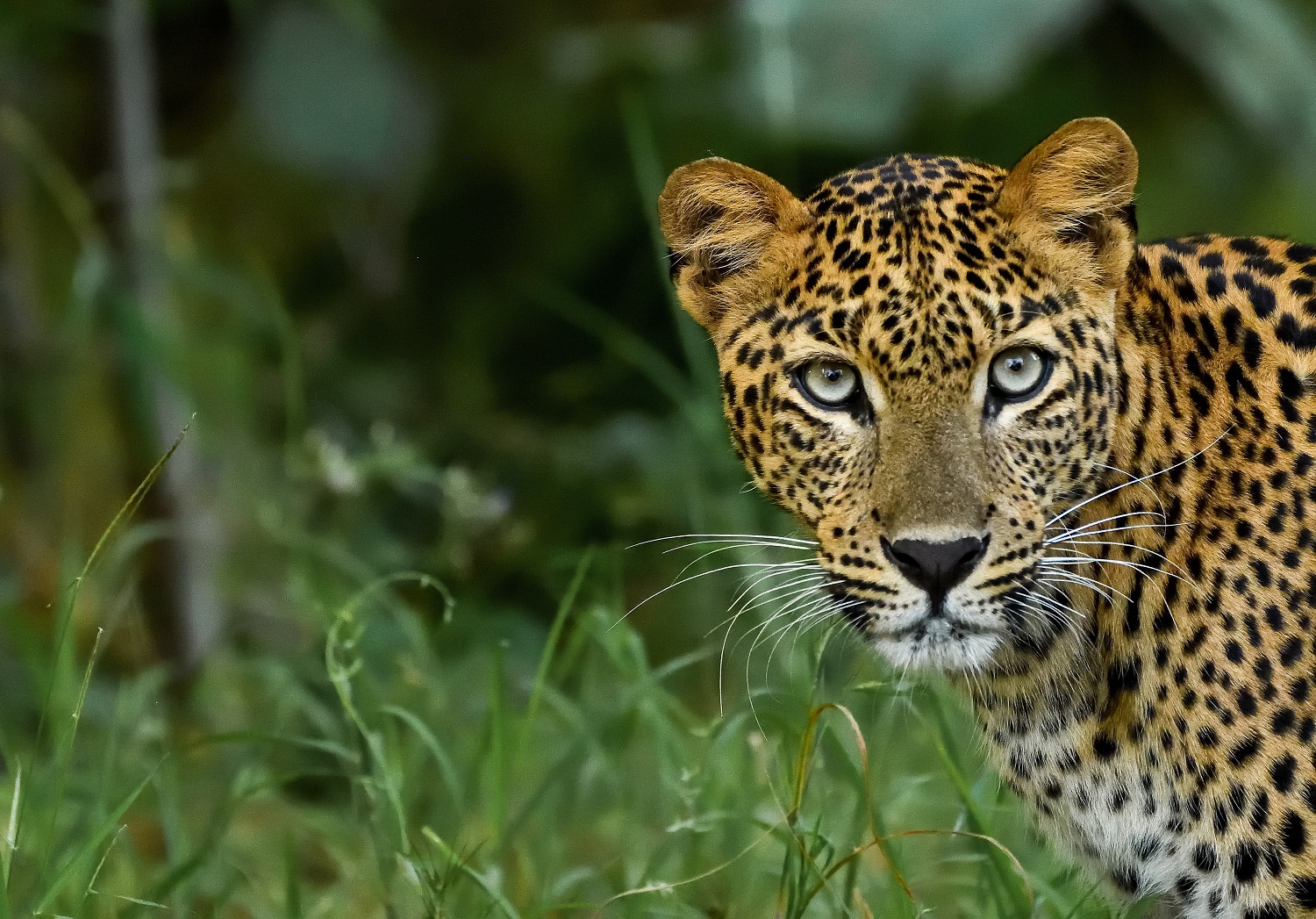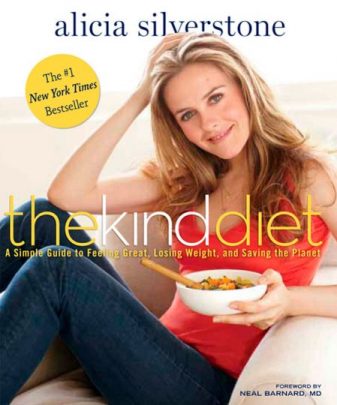Where does wool come from? How do we get it? We just shave the sheep gently, right? And make them feel better in the heat? Uh no!! Sadly this is not the reality that so many of us have grown up believing.
Sheep grow wool as protection for themselves. As a result, they have evolved to grow just enough wool for protection from the cold and to keep cool in the summer. As a matter of fact, wild sheep do not need to be sheared. Their shedding occurs naturally, when it is of benefit to them. In Australia, domestic sheep are shorn in spring, after lambing, before they would naturally shed their winter coats. To get all the shearing done in time, it starts before it is healthy for the sheep. Not only is the time of shearing unsuitable for the sheep, but the way in which it is done can be seriously damaging for the sheep!
Sheep shearers are paid by volume, not by the hour, which encourages them to work as quickly as possible—and as a result, the animals are handled roughly during the process. In their haste, shearers often cut and gouge the sheep, leaving them with huge gaping wounds that are crudely sewn shut with a needle and thread—this is done by the shearers themselves, and no painkillers whatsoever are given to the sheep.
According to PETA, a gruesome practice called “mulesing” is still inflicted on sheep in Australia, where millions of Merino sheep are raised. Merino sheep are bred to have wrinkly skin, which yields more wool per animal. These wrinkles collect urine and moisture, both conditions can attract flies. Flies can lay eggs in the folds of the sheep’s skin and hatch maggots, which can eat the sheep alive. To prevent this, workers perform “mulesing” in which they carve out chunks of skin from the animals’ backsides in a crude attempt to create a smoother skin that doesn’t collect moisture (or flies).
In 2014, a PETA investigation revealed nearly three dozen “shearing sheds” in the U.S. (in Colorado, Nebraska, and Wyoming) and Australia (the world’s top wool producer) with a lot more than just hair getting cut off sheep—including teats and bits of ears. Additionally, PETA’s investigator documented shearers who punched, stomped, and kicked gentle sheep and bludgeoned them with electric clippers and even a hammer! When sheep struggled in an attempt to escape the pain, workers stood on their heads, stomped on their necks, and slammed their heads hard into the floor. One shearer even used a sheep’s own body to wipe the terrified animal’s urine off the floor. Another shearer twisted one sheep’s neck until it broke and then kicked the animal down a chute.
PETA’s investigator never saw a supervisor reprimand any of the abusive workers or a veterinarian treat any of the wounded animals, no matter how severe their injuries were. Instead, injured sheep were ignored or, depending on the severity of their injuries, shot. Heart-shattering.
But as if the insane cruelty weren’t bad enough, wool isn’t even “eco-friendly,” as the industry loves to claim. Now, I know wool seems more environmentally friendly than say, vinyl. But consider how poor it is for the environment to raise these animals and use all the resources and land it takes to feed them. Sheep are leading contributors to climate change, second to cows. Environmentalists call them the “Humvees” of animal agriculture because of their high rate of methane emissions, which is considered 20 times more damaging to the atmosphere than carbon dioxide. Check out the data below that compares the carbon footprint of various fibers carried out by Business for Social Responsibility. Despite wool’s lower emissions in it’s raw material production, methane emissions drive its impact way up.

For these reasons and more, I’m an advocate of not buying new wool. I’m sure you’ve seen or heard about my billboard in NYC I did with PETA! My hope is it will raise awareness on conventional wool and get people to think about where it’s really coming from, similar to the food on their plate.
Unless you rescued a bunch of sheep from a slaughterhouse, and live somewhere when in the summer they beg you to free them of their wool, and you gently take it off, and always treat them with kindness and respect, I am not a fan. In order to collect wool in a kind way, you would not be able to run a business – it would have to be a sort of hippie side fun project. I’m not sure how many situations there are like that, but I can assure you that 99.99% of the wool you purchase in the store is not produced like that.
There use to be a company called The North Circular, started by models Lily Cole and Katherine Poulton. The North Circular would rescue sheep and work with grandmothers (literally!) to knit chic apparel and accessories. It sounded pretty decent, but again, this is not the wool you would find in any mainstream store. If you find a story or situation that sounds really compassionate, then that might work for you. Recently I read about an animal rescue sanctuary called The Farm Animal Sanctuary in Worcestershire, England that shears their rescued sheep once a year (because their coat gets very big) and sells it to raise money to continue their farm animal rescue efforts. These sheep will not be sold for slaughter towards the end of their life and are not regarded as an income generator. However, this is a super rare occurrence.
For the most part even with small-scale organic humane sounding shearers, one should ask what exactly happens to those sheep when they can no longer provide wool? Are they being respected and living the rest of their lives at a sanctuary? Or are they eventually used for food and slaughtered?
If you have wool already, use it and love it until it no longer fits and it’s time to give it away or say goodbye to it. Just try not to support cruel practices by buying new wool. If you feel comfy in wool, get used wool. The average American consumer gets rid of 70 pounds of clothing every year! There are so many second hand stores out there to support from Goodwill to Crossroads Trading and Buffalo Exchange. If you’re seeking new cruelty free warm sweaters, check out Vaute or Brave GentleMan. They use fabrics such as recycled cotton and fleecy organic cotton, which are WAY better than petroleum based synthetic alternatives like nylon and polyester which are chemical based and not good for the environment. For more ideas on wool alternatives, check out this list from PETA.
What are your thoughts on this issue?
Photo Credit: Erin Janus




